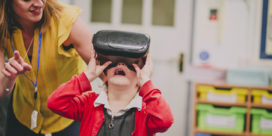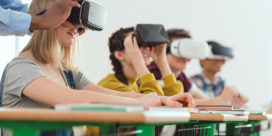Immersive technology: Asset to the classroom or another tech fad?
Augmented reality (AR), virtual reality (VR), mixed reality—can immersive technology really benefit students and their learning, or are these just tech fads? In their recent edWebinar, Jaime Donally,…


